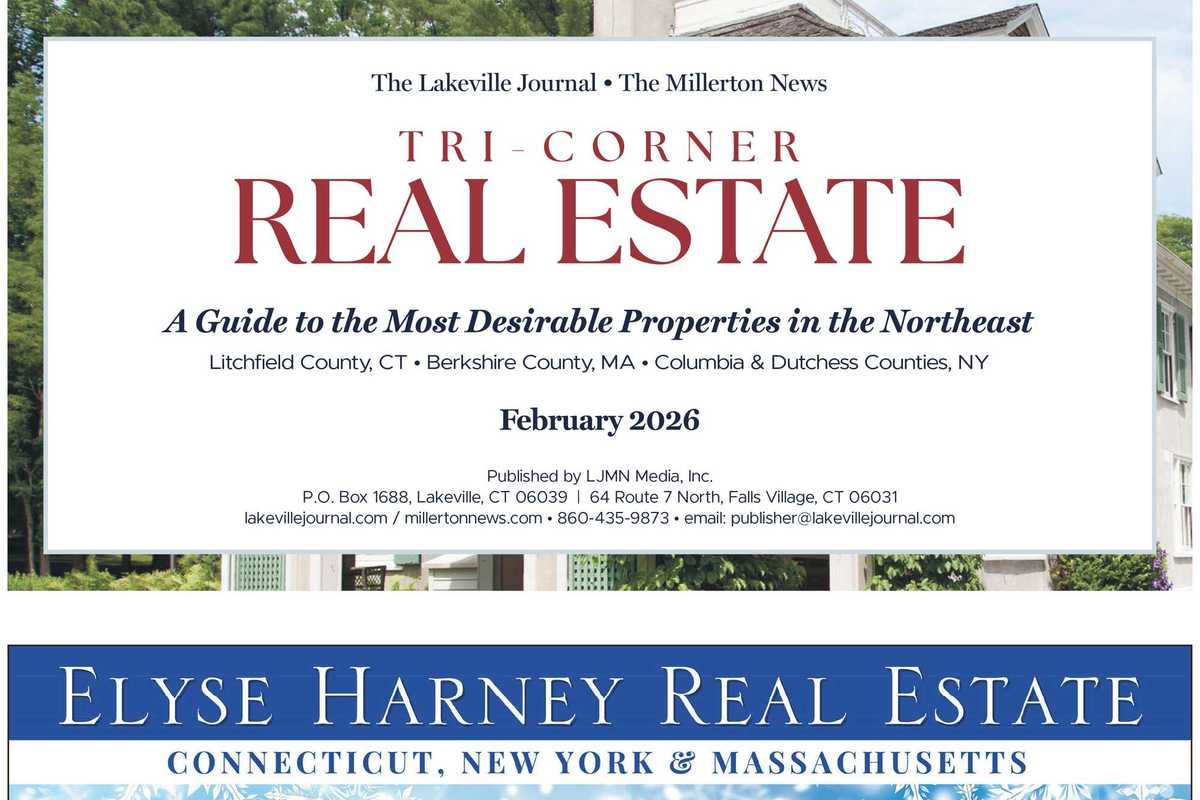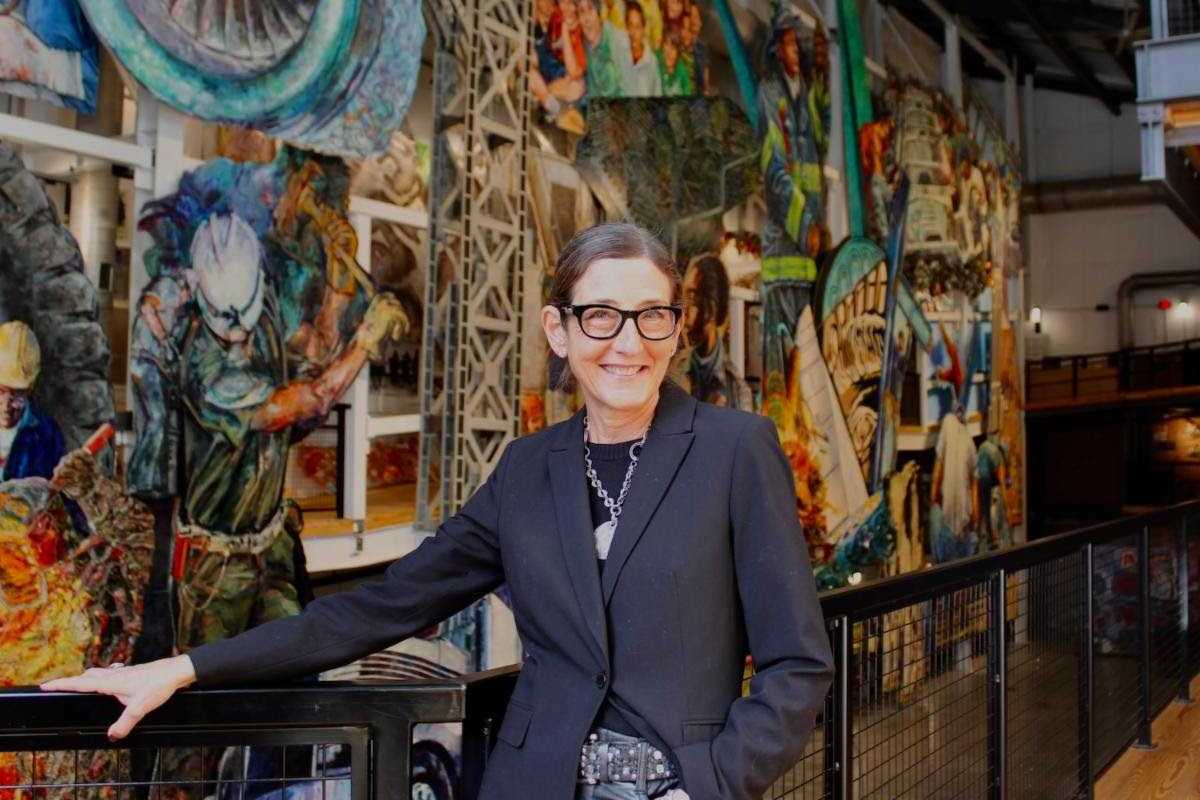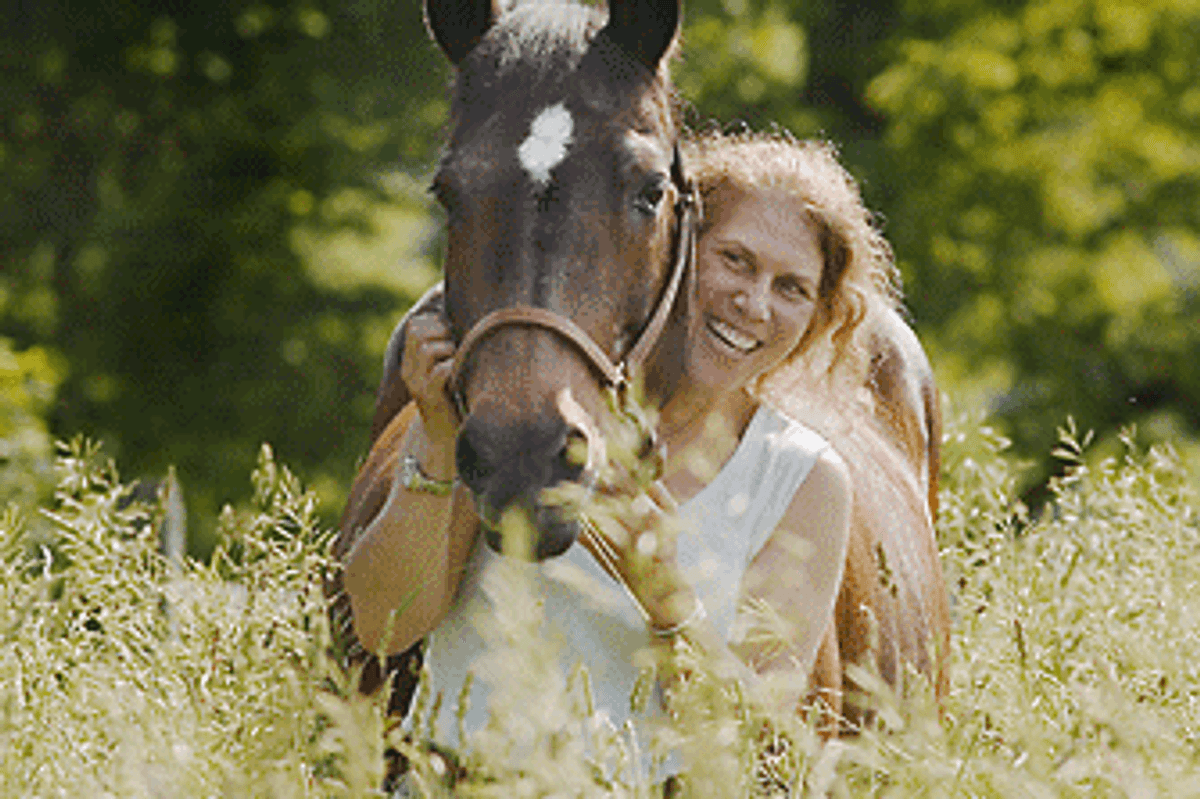Latest News
The opening of the 2026 season at The Stissing Center on Jan. 31 will feature Grammy winner Rosanne Cash(pictured with John Leventhal).
Vivian Wang
There’s something for everyone at the Stissing Center for Arts & Culture, the welcoming nonprofit performing arts space in the heart of Pine Plains, New York. The center’s adventurous 2026 season is designed to appeal to all audiences, with a curated mix of local and visiting artists working across a range of disciplines, from bluegrass to Beethoven, from Bollywood to burlesque.
The season opens Saturday, Jan. 31, with Spark!, a multimedia concert that will also preview the center’s fifth year of presenting performances that inspire, entertain and connect the community. Spark! features Grammy Award-winning Rosanne Cash, one of the country’s preeminent singer-songwriters, whose artistry bridges country, folk and rock with a distinctly literary strain of American songwriting.
According to Patrick Trettenero, executive director of the Stissing Center, “This year’s programming is inspired by our commitment to bring people together through the shared experience of arts and culture. It’s a lively mix of musical styles — from roots, classical, world, rock and jazz — to our always-popular singer-songwriter series, with more than 50 music events to choose from.”
In addition to music, the season includes theater and dance. Highlights include the Hudson Valley Puppet Slam and the Roundtop Burlesque Revue, along with dance performances ranging from flamenco to Irish step. A film series will showcase the indie comedy favorite Hundreds of Beavers and a live-score screening of the beloved silent Charlie Chaplin classic The Kid. The season also includes free programs for children all summer, along with community events and family-friendly fare.
The 2026 season also marks the launch of The Grace Note, an intimate venue located downstairs at the Stissing Center that will serve as an inviting and informal entry point to mainstage shows. The Grace Note will be open every Friday night and will feature singer-songwriters, stand-up comedy, jazz quartets, play readings, storytelling and more.

The venue is part of the center’s commitment to offering a place for locals and visitors alike to gather and discover new work, hear familiar voices in new ways and enjoy a great night out in the neighborhood. The Grace Note opens Feb. 13 with a performance by local singer-songwriter Natalia Zukerman, who is also the Lakeville Journal and Millerton News’ arts, lifestyle and engagement editor. Her masterful musicianship and storytelling blend folk, blues and Americana with wry humor and emotional clarity, creating an experience that feels both personal and expansive. Zukerman said, “I’m honored to be opening the season in this beautiful new room at The Stissing Center. The Grace Note opens up lots of creative opportunities for the Center, for performers and for our community. It’s thrilling.”
“We are very intentional about this season and the launch of The Grace Note,” Trettenero added. “Our goal is simple: to make the Stissing Center a place for people of all backgrounds and perspectives to come for great arts experiences, to support outstanding artists and to offer a place for connection and shared humanity through the arts.”
The full season schedule and tickets for all events are available at thestissingcenter.org or by calling 518-771-3339.
Keep ReadingShow less
Jennifer Chrein is the new executive director of the American Mural Project.
Provided
When Jennifer Chrein first stepped inside the cavernous mill building on Whiting Street in Winsted and looked up at the towering figures of the American Mural Project, she had no idea what she was walking into.
“I had been invited by a friend to attend an event in May 2024,” Chrein recalled. That friend, she said, had a ticket they couldn’t use and thought she’d enjoy it. “I didn’t know anything about AMP. I didn’t Google it — nothing.”
What followed was immediate and visceral.
“I was just — wow!” she said. “I was awed. So excited to see something like this in this area. There isn’t anything else like it.”
That first encounter would eventually lead Chrein to her new role as executive director of the American Mural Project, where she joins founder and artistic director Ellen Griesedieck in guiding the organization into its next chapter.
Announced earlier this month, Chrein’s appointment follows the departure of Amy Wynn, who stepped down Oct. 31 after seven years as the nonprofit organization’s first executive director.
Chrein praised Wynn for her leadership in establishing the organization’s solid roots and foundation, including its children’s programming, events and talented staff.
At the heart of AMP is what is widely regarded as the world’s largest indoor collaborative work of art: a five-story, 120-foot-long, three-dimensional mural depicting American workers across trades, industries and eras.
Created by Griesedieck with the help of hundreds of community volunteers, the mural fills the former mill building with life-sized and larger-than-life figures at work, transforming the space into an immersive environment that blurs the line between art, history and lived experience.
“The first time I saw the mural, I was awed by its scale — Ellen’s artistry, and what it says about the central role of work in our lives,” said Chrein. “I was immediately captivated and felt the need to share the space, the mission, and the live performances and educational programs with as many people as possible.”
At the time, she said, AMP was still in an early phase of its development.
“They were still building its foundation. They had only been open about a year,” she said. “I wasn’t part of their immediate vision, so I stayed a friend.”
Chrein said her hope and vision for AMP, along with its board and Griesedieck, “is to expand awareness not only around Winsted and surrounding areas, but regionally, statewide and ultimately nationally.”
“AMP’s reach, awareness and impact should be as great as the mural itself,” she said. “I am energized to be coming on board at the same time as our nation’s 250th anniversary. The timing could not be better to celebrate, acknowledge and support our American workforce.”
Chrein brings more than 30 years of experience in children’s educational programming and global media development to the role, a background she sees as a natural fit for the mural project’s mission. Her career has focused on the intersection of education, entertainment and social impact, including senior leadership roles at Sesame Workshop and Common Sense Networks, as well as founding JBMW Media and partnering in Storynauts Entertainment, where she has developed purpose-driven programming for families, including the preschool animated series “Powerbirds.”
She said that experience — balancing creativity, partnerships and long-term sustainability — translates directly to nonprofit leadership.
On a personal level, Chrein’s path to northwest Connecticut has been gradual. Now a Simsbury resident, she previously lived in Sandisfield, Massachusetts, and spent much of her life in New York City, where she worked at Sesame Workshop and traveled frequently. After shifting into consulting, she and her family put down roots in Simsbury, drawn to the town for its excellent school system.
As executive director, Chrein is clear-eyed about both AMP’s potential and its challenges — particularly visibility.
“The big issue with AMP is how to get people to come here,” she said. “How do we get people to recognize Winsted as a destination?”
One goal is to introduce new elements and spaces that would provide a “happy place” for the community to gather, study, hold corporate meetings, host family events and celebrate milestones.
For Griesedieck, that evolution feels like a natural next step.
“I couldn’t be more excited that she has joined us as our new executive director and will bring some of these terrific ideas to life,” said Griesedieck.
Chrein said she is stepping into the role with urgency and humility, guided by the same sense of awe she felt on her first visit. Her aim, she said, is to make sure more people discover the space, share their stories and feel the same sense of connection she did when she first looked up at the mural.
Keep ReadingShow less
Author Karen Belove and her horse, Sally, the inspiration for the titular character of her debut children’s book.
Provided
Karen Belove, of Stanfordville, said her first children’s book wrote itself one day after more than a decade of thinking about it.
Belove’s debut book, “Cotton Candy Sally Finds a Home,” is a heartfelt tale about the trials of youth and horse training. It follows Cotton Candy Sally, a horse born in Iowa and later sold to a facility in New York City, and a young girl named Kara as she navigates adolescence and the death of a parent.
The book was inspired by the real-life story of Belove’s first horse, a quarter horse from Iowa also named Cotton Candy Sally, that ended up at a facility in Queens, New York, after its owners sold it.
That horse set Belove down a lifelong path deeper into the equestrian world.
“I really loved the horses,” Belove said. “It was slowly taking over my life, though I didn’t realize it.”
While horses were becoming an increasingly central part of her life, Belove cut her teeth at advertising agencies in New York City. She wrote ad copy every day, an occupation she said both helped and hurt her while writing her first book.
“It was a little bit of a detriment because it’s such a different kind of writing,” Belove said. “I had to forget about the exclamation marks.”
Even so, Belove said she paid special attention to the book’s prose. Children, especially those in their preteen years, are complex, and she wanted to honor that complexity in both the content and the composition.
Her book is character-driven, Belove said, because those were the narratives she remembers resonating with her most as a young reader. A favorite was Beverly Cleary’s “Beezus and Ramona.”
“I told my mother then, ‘When I grow up, I’m going to write stories like “Beezus and Ramona,’” Belove said.
She credits her parents’ support for her career in writing. Though they were not artists themselves, they encouraged Belove and her sister to pursue creative interests. That encouragement, Belove said, led her to become a writer and her sister a painter.
“I can still remember the first thing I ever wrote,” Belove said. “It was a poem about my cat.”
Her childhood cat had escaped from the family’s home in suburban Westchester County. To process the loss, Belove wrote a poem and showed it to her mother, who insisted she bring it to school the next day to show her teacher.
“My mother kept it,” Belove said. “I still have it.”
Belove was close with her parents, so the sudden death of her father at age 56 sent her on a search for joy that eventually led her to Cotton Candy Sally, an experience she said is reflected in her book.
These real-life experiences are meant to give young readers an engaging, empowering and educational narrative, Belove said, because the complexities of real life are unavoidable.
“Life enables me to write the kind of book I want to write,” Belove said. “Children are complex. They’re really trying to navigate a world they have no experience navigating.”
Belove self-published “Cotton Candy Sally Finds a Home.” More information about purchasing the book is available at sallyhorsechronicles.com.
Keep ReadingShow less
loading










